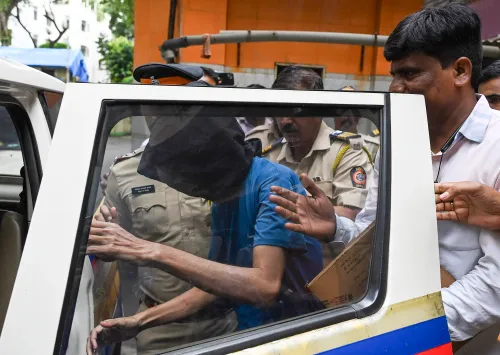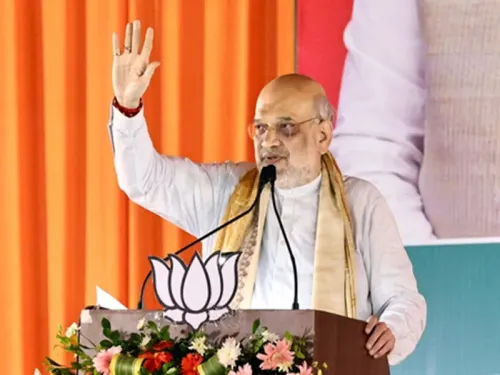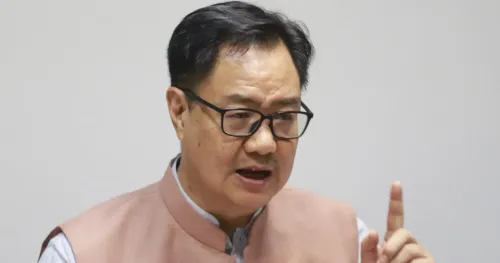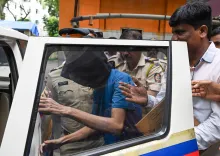Is Bengaluru Tunnel Road Built to Serve the Real Estate Mafia?
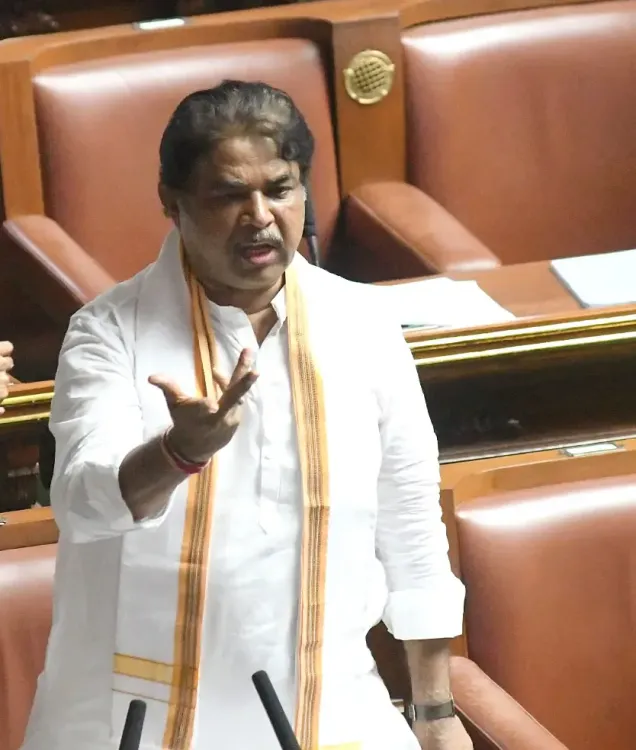
Synopsis
Key Takeaways
- The Bengaluru Tunnel Road aims to connect the city’s northern and southern regions.
- The project has faced strong opposition from the BJP and citizen groups.
- Concerns about environmental impact and real estate interests have been raised.
- The project is set to become the longest road tunnel in India.
- Slow utilization of funds has been highlighted as an administrative failure.
Bengaluru, Oct 27 (NationPress) The Karnataka government is facing serious allegations from the state BJP regarding the ambitious tunnel initiative aimed at minimizing travel time between the northern and southern regions of Bengaluru. On Monday, BJP leaders asserted that this tunnel road is not intended to alleviate traffic congestion but rather to cater to the interests of the real estate mafia.
Leader of the Opposition R. Ashoka stated, "The true motive behind Deputy Chief Minister D.K. Shivakumar's so-called Bengaluru Tunnel Road has now become evident - it’s not about easing traffic, but about appeasing the real estate mafia."
He further criticized the Congress-led government for lifting Floor Space Index (FSI) restrictions and allowing access to Bengaluru's most valued green and sensitive areas, including Lalbagh, Race Course, Palace Grounds, and Hebbal, for commercial exploitation. Ashoka lamented, "Instead of safeguarding Bengaluru's vital green spaces, they are selling them off. Rather than alleviating congestion, they are constructing glass towers that will suffocate the city even further. This is not urban planning; it’s urban plundering disguised as infrastructure development."
It's worth noting that the Karnataka government has sanctioned a Rs 17,780 crore project for a 16-kilometre road tunnel beneath Bengaluru, aimed at shortening travel times across the city's northern and southern regions. This ambitious project, which will unfold in two phases, is poised to become the longest road tunnel in the country upon completion.
Despite facing pushback from various citizen groups and transport specialists, the government is preparing to issue a global tender for the project shortly.
High-rise buildings with a minimum of 15 floors could soon rise in some of Bengaluru's most delicate green zones, as the state has made concessions in building regulations to entice private developers for the proposed tunnel road between Hebbal and Silk Board Junction.
Ashoka accused the government of mismanaging allocated funds, stating, "Even after six months of the 2025–26 financial year, only 30 percent of the designated funds have been utilized — clearly indicating that the administrative machinery in Karnataka has ground to a halt."
He pointed out that departments led by Minister for RDPR, IT, and BT Priyank Kharge are among the worst performers, with the RDPR Department utilizing just 11.02 percent of its funds and the IT-BT Department only 10.86 percent. Ashoka remarked, "His recent outburst appears less about actual performance and more about a hidden, malicious agenda."
Ashoka further criticized Chief Minister Siddaramaiah, saying, "Before he concerns himself with his successor or the leadership of the Ahinda movement, he should focus on when the funds announced in the budget will actually be disbursed and spent on public welfare and development."
The term Ahinda represents a socio-political coalition in Karnataka that includes Minorities, Backward Classes, and Dalits.

